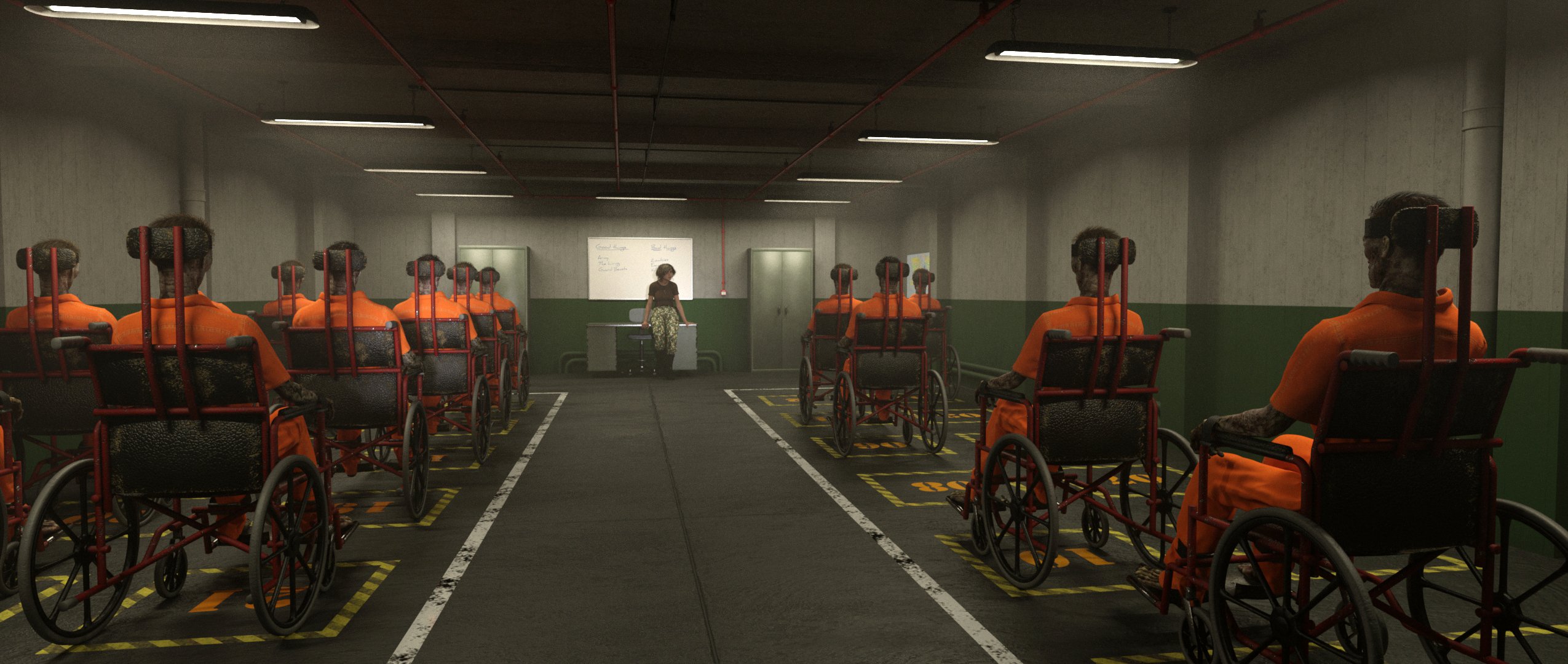Introduction
The Hurst Fire, raging through the parched landscapes of Texas, has sparked widespread concern and ignited a complex array of challenges for firefighters, policymakers, and the affected communities. This trending news delves into the intricacies of the fire's current location, containment level, and the multifaceted factors shaping its behavior, shedding light on the evolving dynamics of this devastating wildfire.
Current Location and Containment Level
As of (insert most recent update), the Hurst Fire is primarily located in Johnson County, Texas, approximately 20 miles southwest of Fort Worth. The fire has scorched an area of roughly 18,000 acres and forced the evacuation of thousands of residents from surrounding communities, including Hurst, Keller, and Southlake. Containment efforts have been hindered by strong winds, dry weather conditions, and the scarcity of natural firebreaks in the affected area.
Factors Influencing Fire Behavior
Wind and Topography:
Unfavorable wind conditions have exacerbated the Hurst Fire's spread. Strong gusts have fanned the flames, causing the fire to jump containment lines and advance rapidly across open fields. Additionally, the undulating topography of the region, with its rolling hills and steep canyons, has made it challenging for firefighters to access and extinguish hotspots.
Vegetation and Drought:
The dense vegetation in the fire zone, including grasses, shrubs, and trees, has provided ample fuel for the flames. Moreover, the ongoing drought conditions in Texas have severely weakened vegetation, making it highly susceptible to burning. The lack of moisture in the air has also hindered firefighting efforts, as fire retardants evaporate more rapidly.
Human Factors:
Human activity has played a role in the Hurst Fire's severity. Arson has been identified as a potential contributing factor, and downed power lines may have sparked some of the initial blazes. Furthermore, the close proximity of residential areas to the wildland-urban interface has increased the risk of structure destruction and human casualties.
Perspectives and Analysis
Firefighters and Emergency Responders:
Firefighters and emergency responders are at the forefront of the Hurst Fire battle, risking their lives to contain the flames and protect civilians. Their tireless efforts have been instrumental in preventing further loss of life and property. However, they face immense challenges due to the fire's unpredictable behavior and the hazardous conditions.
Community Members:
The Hurst Fire has had a profound impact on the surrounding communities. Evacuated residents are facing uncertainty, displacement, and the loss of their homes. The fire has also disrupted daily life, closed schools and businesses, and created a sense of anxiety and fear among residents.
Policymakers and Scientists:
Policymakers and scientists are analyzing the Hurst Fire to understand its causes, spread, and potential long-term impacts. They are examining factors such as land-use planning, fire management practices, and the effects of climate change. Their insights will inform future policies and strategies for wildfire mitigation and response.
Conclusion
The Hurst Fire is a complex and dynamic event that has tested the limits of human and institutional capabilities. The interplay of wind, topography, vegetation, drought, and human factors has fueled its rapid spread and hampered containment efforts. Firefighters, emergency responders, community members, policymakers, and scientists are working together tirelessly to address the challenges and mitigate the impacts of this devastating wildfire. As the situation evolves, it is imperative to stay informed, support those affected, and actively engage in discussions about wildfire prevention and management strategies to minimize the risks and consequences of future blazes.
Read also:
Bombshell: Special Counsel Jack Smith Resigns In Unexpected Turn Of Events
Booming 2024 Job Market Concludes With Unemployment Plunge And Impressive Job Gains
Demi Moore's Golden Globes Walk: Epic Journey In A Metallic Masterpiece

